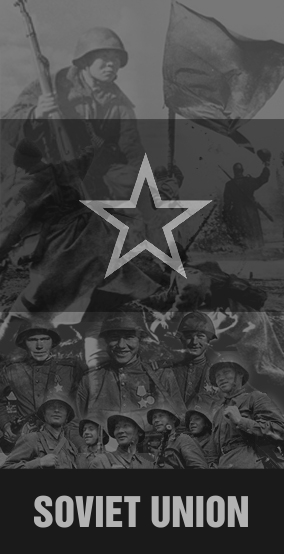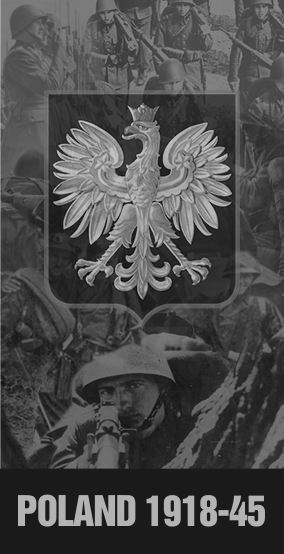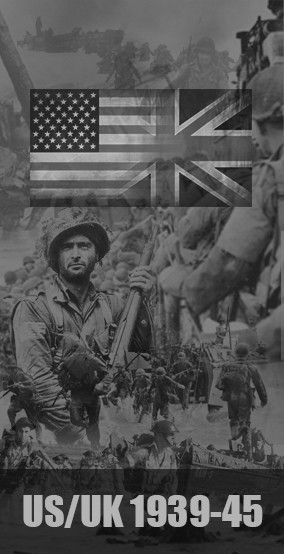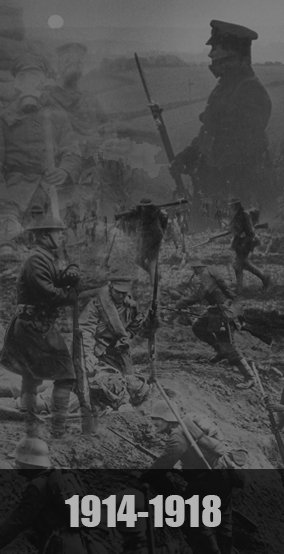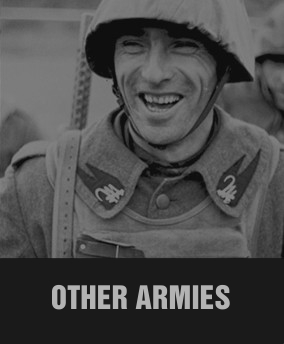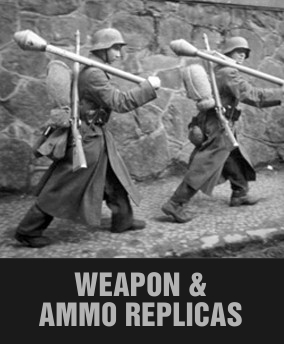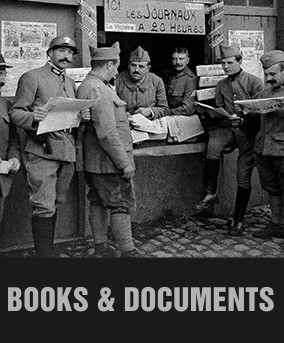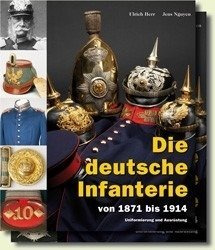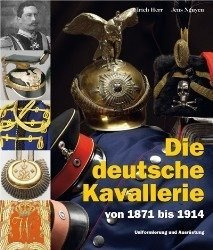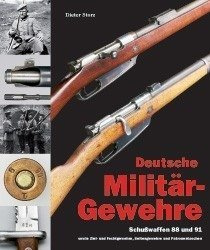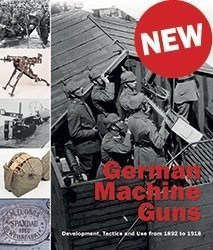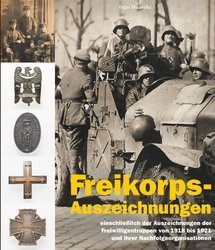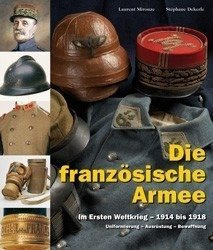A book about German artillery during years 1871-1918. Over 528 pages with more than 1500 photos. Bound in linen.
Written by: Ulrich Herr, Jens Nguyen
ISBN: 978-3-902526-79-3 (German) lub 978-3-902526-80-9 (English)
Weight: 3,00 kg
Issue info: 528 pages, over 1500 colour photos, including period photos, bound in linen. Size: 29.5 x 26.0 cm.
- Book is published by Verlag Militaria, highly appreciated military history publishing house.
BOOK DESCRIPTION IN ENGLISH
At the end of the 19th century the artillery, like almost no other branch of service, experienced rapid development. With the formation of the German Empire in 1871, unprecedented inventions and the consistent utilisation of developments in weapons technology such as smokeless powder, brisant shells and recoiling cannon made it clear that in the next large war heavy weapons would play a decisive role. In 1914 that time had come.
This illustrated volume on the uniforms and equipment of the German artillery is another step towards completing the series on the uniforms of the German Imperial Army during the period from 1871 to 1914 and follows books on the cavalry, the infantry and generals, war ministries and general staffs that have already been published.
The focus of this book, which has over 500 pages, is the diversity of items of uniform and equipment used in the artillery. Drawing on unique collections, helmets, uniforms, epaulettes, shoulder boards, edged weapons and other items of uniform and equipment are clearly presented to the reader. This volume first provides an outline of the formative history of the development of the German artillery from 1871 to 1914 as well as the technical services and training facilities. Next the uniforms of the Prussian field artillery and the contingents of the Grand Duchies of Baden, Hesse, Mecklenburg-Schwerin, Mecklenburg-Strelitz and Oldenburg and the Duchy of Brunswick are dealt with. This portrayal of the field artillery closes with the Kingdoms of Bavaria, Saxony and Wurttemberg.
The second part of the book first covers the Prussian foot artillery, Baden’s foot artillery regiment, then Wurttemberg’s intermittently existing foot artillery and finally the Royal Bavarian and Royal Saxon foot artillery.
The final part of the book is dedicated to the uniforms of the technical services and training facilities of the artillery.
The approximately 600 objects shown come from various public and private collections, including the Bayerisches Armeemuseum in Ingolstadt, the Militärhistorisches Museum der Bundeswehr in Dresden and the Wehrgeschichtliches Museum in Rastatt. Among the items photographed are pieces worn by famous historical figures such as Ludwig III of Bavaria and Crown Prince Rupprecht of Bavaria.
BOOK DESCRIPTION IN GERMAN
Wie kaum eine andere Waffengattung erlebte die Artillerie gegen Ende des 19. Jahrhunderts eine rasante Entwicklung. Mit der Gründung des Deutschen Kaiserreiches 1871 machten bahnbrechende Erfindungen und die konsequente Nutzung von waffentechnischen Entwicklungen – wie beispielsweise das rauchschwache Pulver, Brisanzgranaten oder Rohrrücklaufgeschütze – deutlich, dass im nächsten großen Krieg den schweren Waffen eine entscheidende Rolle zukommen würde. 1914 war es dann so weit.
Dieser Bildband über die Uniformierung und Ausrüstung der deutschen Artillerie setzt einen weiteren Schritt zur vollständigen Bearbeitung der Uniformen des deutschen Reichsheeres im Zeitraum von 1871 bis 1914 und schließt an die bisher erschienenen Bände über Kavallerie, Infanterie sowie über Generale, Kriegsministerien und Generalstäbe an.
Im Mittelpunkt des mehr als 500 Seiten umfassenden Buches stehen die verschiedenen Bekleidungs- und Ausrüstungsstücke der Artillerie. Sie werden anhand einer einzigartigen Kollektion von Helmen, Uniformen, Epauletten, Achselstücken, Blankwaffen und weiteren Bekleidungs- und Ausrüstungsgegenständen dem Leser anschaulich vor Augen geführt. Der vorliegende Band gibt zunächst eine formationsgeschichtliche Übersicht der Entwicklung der deutschen Artillerie von 1871 bis 1914 sowie der technischen Dienste und der Lehreinrichtungen. Im Anschluss daran werden die Uniformen der preußischen Feldartillerie sowie die der Kontingente der Großherzogtümer Baden, Hessen, Mecklenburg-Schwerin, Mecklenburg-Strelitz und Oldenburg und des Herzogtums Braunschweig behandelt. Gerade die kleinen Artillerieformationen können erstmals in ihrer ganzen Pracht gezeigt werden. Die Feldartillerie der Königreiche Bayern, Sachsen und Württemberg beenden die Darstellung der Feldartillerie.
Im zweiten Teil dieses Bandes werden zunächst die preußische Fußartillerie, das badische Fußartillerie-Regiment und im Anschluss die zeitweise existierende württembergische Fußartillerie, außerdem die königlich bayerische und sächsische Fußartillerie ausführlich vorgestellt.
Die Uniformen der technischen Dienste sowie der Lehreinrichtungen der Artillerie runden dieses Buch ab.
Die etwa 600 Objekte stammen aus verschiedenen öffentlichen und privaten Sammlungen, darunter das Bayerische Armeemuseum in Ingolstadt, das Militärhistorische Museum der Bundeswehr in Dresden oder das Wehrgeschichtliche Museum in Rastatt. Unter den fotografierten Objekten befinden sich solche namhafter Träger, wie König Ludwig III. von Bayern oder Kronprinz Rupprecht von Bayern.



